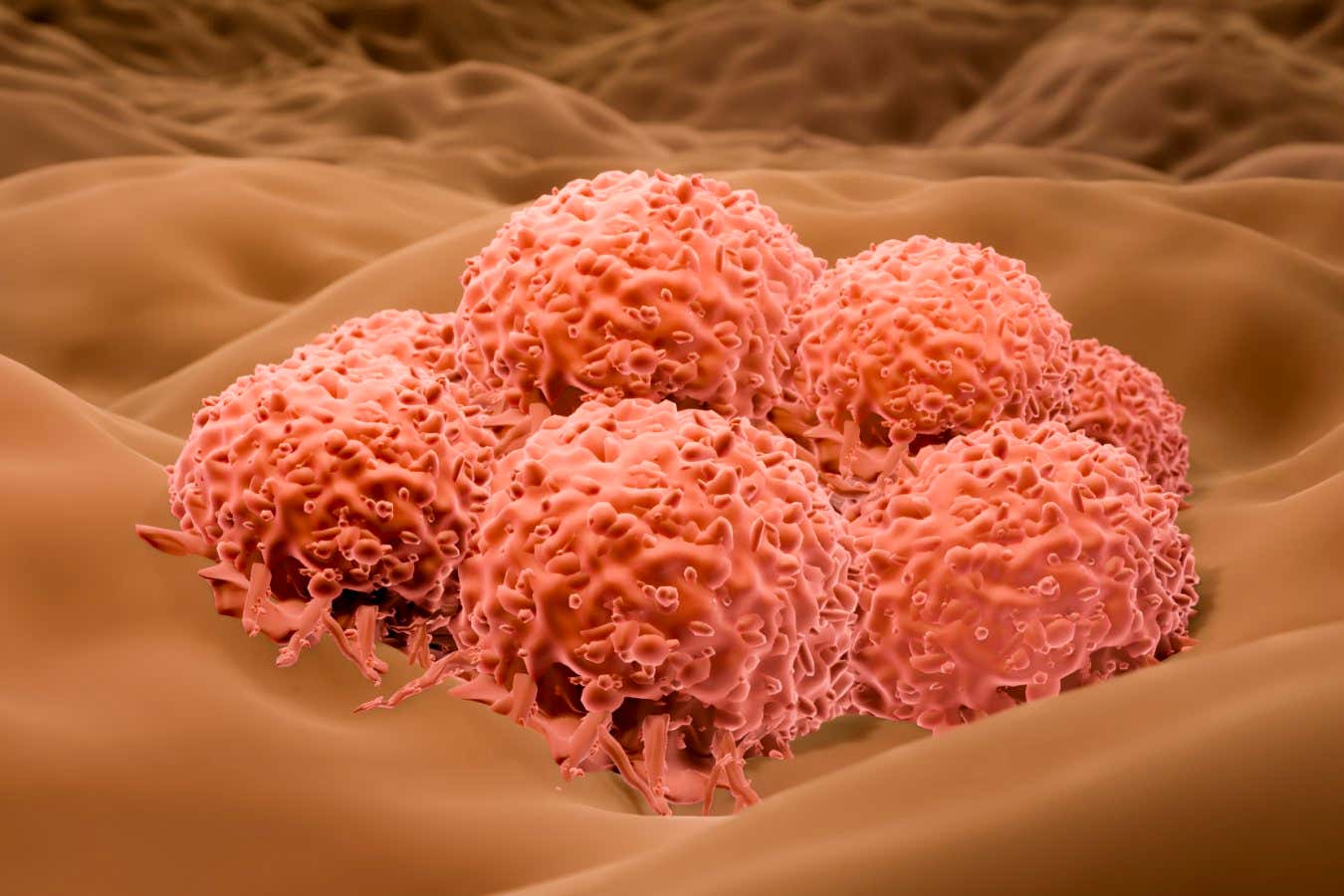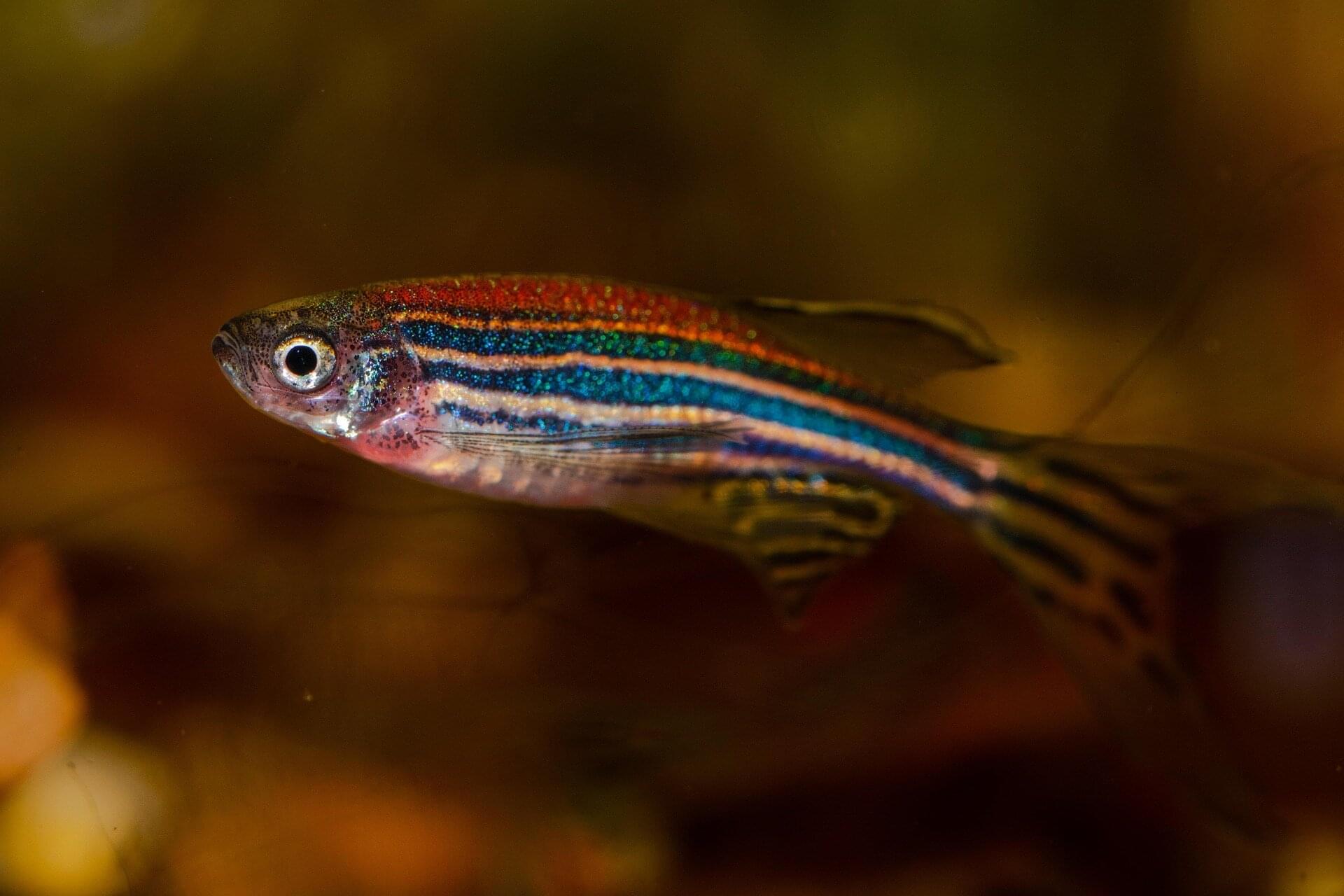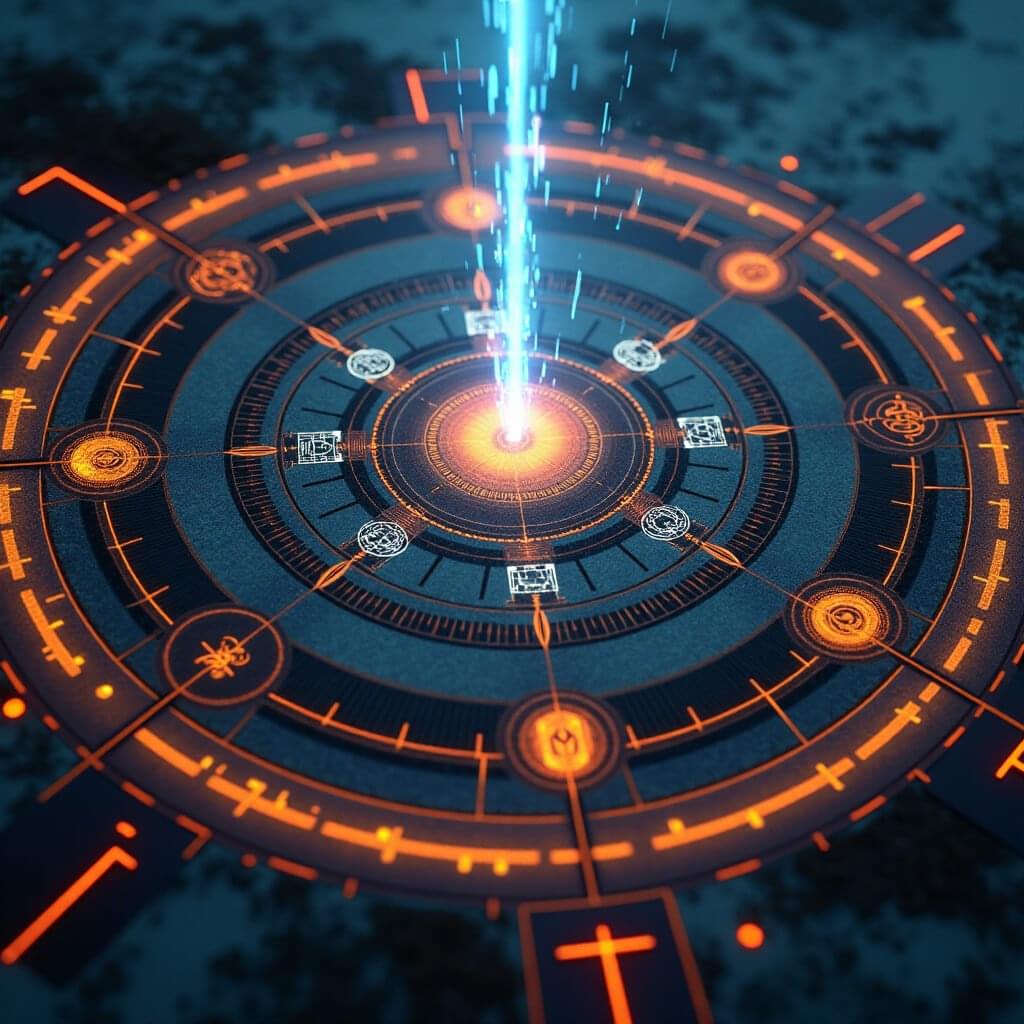The equations suggest a deeper structure beneath what general relativity has allowed us to see—until now.


New York, NY (March 17, 2025) Researchers at the Icahn School of Medicine at Mount Sinai, led by Nina Bhardwaj, MD, PhD, Ward-Coleman Chair in Cancer Research and Director of the Vaccine and Cell Therapy Laboratory, have tested a promising new type of personalized multi-peptide neoantigen cancer vaccine, called PGV001, in a small group of patients. This early study (phase 1 trial) is an important step in finding better ways to help people fight cancer. The vaccine uses multiple peptides (amino acid sequences) to help the body’s immune system recognize and attack cancer cells and stop the disease from coming back. The findings are available in the latest issue of Cancer Discovery , a journal of the American Association for Cancer Research.
Over the last decade, immune-based therapies have transformed cancer treatment, including CAR T cells, bi-specific antibodies, antibody-drug conjugates, and immune checkpoint inhibitors (ICI). These approaches have significantly improved outcomes, but some patients do not respond or eventually develop resistance. Personalized cancer vaccines, like PGV001, aim to overcome these challenges by training the immune system to recognize unique cancer mutations, called neoantigens, and mount a stronger, targeted response.
PGV001 can be made to fit each patient’s unique cancer. Scientists use advanced tools to find neoantigens—tiny changes in cancer cells—that are not found in healthy cells. The vaccine then teaches the immune system to target these changes, making treatment more personal and precise. Unlike tumor-associated antigens, neoantigens are not subject to central tolerance, meaning they can trigger a robust immune attack against cancer cells.

Researchers have uncovered the types of bacteria, viruses and parasites that plagued ancient humans across Europe and Asia as far back as 37,000 years ago.
An international team, including researchers from the University of Copenhagen, Denmark, Lund University, Sweden, Curtin University, Australia, has created an archaeogenetic-based map of human pathogens across both time and geography.
“Infectious diseases have had devastating effects on human populations throughout history, but important questions about their origins and past dynamics remain,” the authors write.


While humans can regularly replace certain cells, like those in our blood and gut, we cannot naturally regrow most other parts of the body. For example, when the tiny sensory hair cells in our inner ears are damaged, the result is often permanent hearing loss, deafness, or balance problems. In contrast, animals like fish, frogs, and chicks regenerate sensory hair cells effortlessly.


Spintronics are promising devices that work utilizing not only the charge of electrons, like conventional electronics, but also their spin (i.e., their intrinsic angular momentum). The development of fast and energy-efficient spintronic devices greatly depends on the identification of materials with a tunable spin-selective conductivity, which essentially means that engineers can control how electrons with different spin orientations move through these materials, ideally using external magnetic or electric fields.


